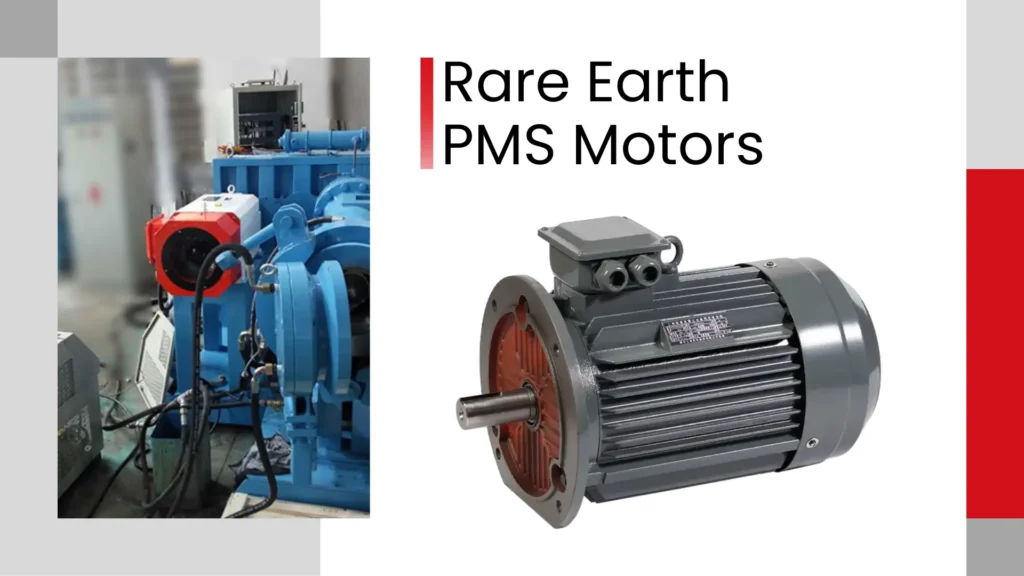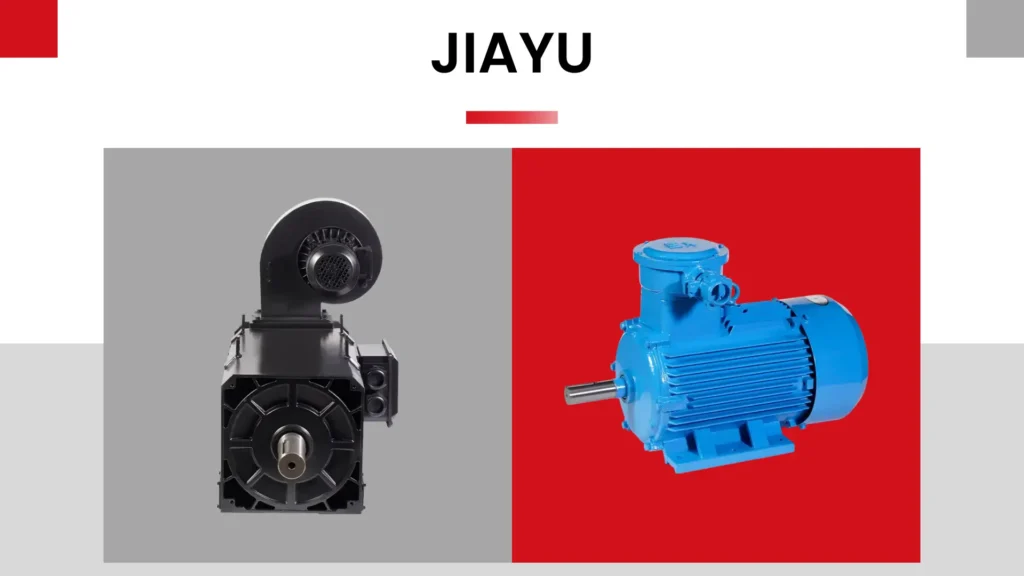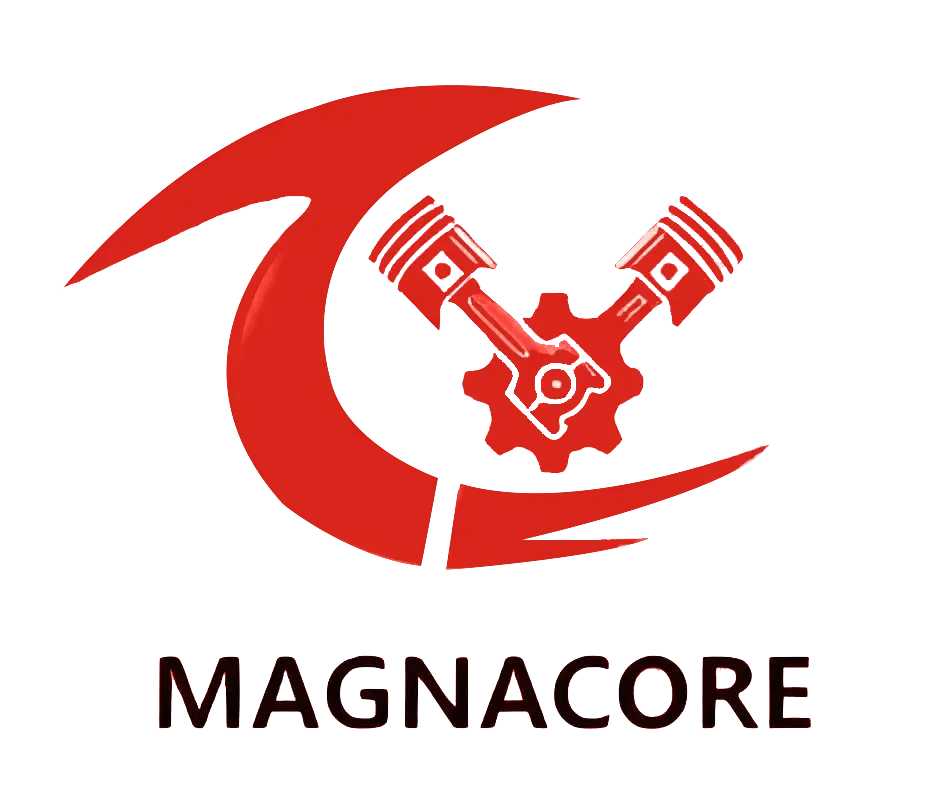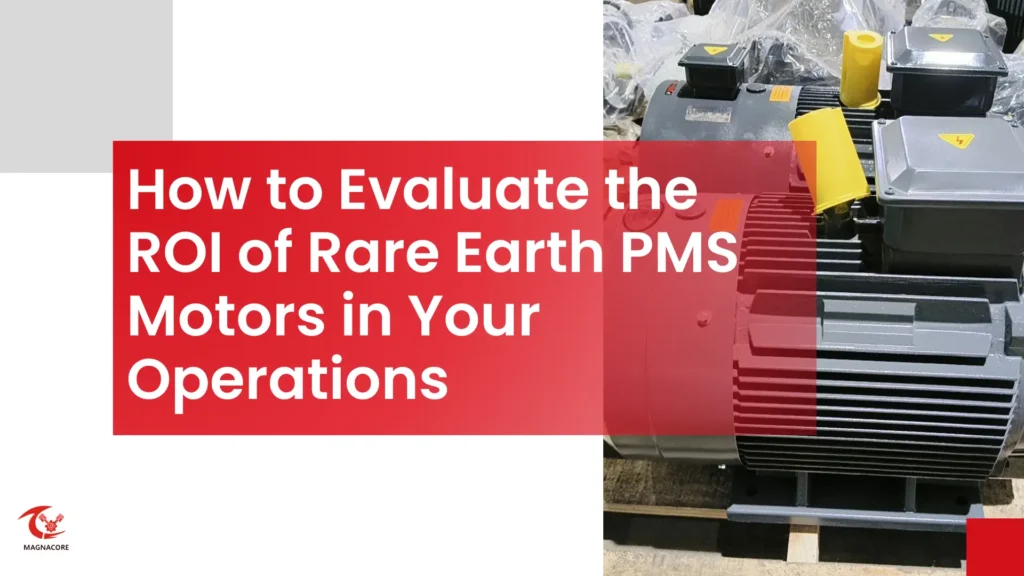Rare earth permanent magnet synchronous (PMS) motors are gaining popularity across industries for their exceptional efficiency, durability, and performance.
However, their higher upfront cost compared to traditional motors can make businesses hesitant to invest.
To make an informed decision, it’s essential to evaluate the return on investment (ROI) of these motors.
This article provides a clear, step-by-step guide to assessing the ROI of rare earth PMS motors, helping you determine whether they are a worthwhile investment for your operations.
And More:
- Dual-Purpose Motors: Integrating Energy Recovery in Rare Earth PMS Systems
- Rare Earth PMS Motors Are Revolutionizing Electric Vehicle Manufacturing
- Customizing Rare Earth PMS Motors for Specific Industrial Needs
What Is ROI, and Why Does It Matter for PMS Motors?
Understanding ROI in the Context of Motors
ROI measures the financial benefits of an investment relative to its cost.
In the context of PMS motors, this encompasses several factors, including energy savings, reduced maintenance costs, and improved productivity.
Understanding ROI allows businesses to quantify the potential financial returns of investing in these motors, facilitating more informed decision-making.

Long-Term vs. Short-Term ROI
While traditional motors may have lower upfront costs, PMS motors often deliver greater long-term savings due to their efficiency and durability.
Evaluating both short-term and long-term ROI is crucial, as short-term analyses may overlook significant future savings.
For example, a PMS motor may cost more initially but could lead to substantial energy savings over its lifespan, making the long-term investment worthwhile.
Aligning ROI with Business Goals
Understanding how PMS motors align with your business objectives—whether it’s reducing energy costs, improving sustainability, or enhancing operational efficiency—helps justify the investment.
By clearly defining how these motors contribute to strategic goals, businesses can better articulate the value of the investment to stakeholders and secure buy-in from decision-makers.
How Do Energy Savings Impact ROI?
Calculating Energy Efficiency Gains
Rare earth PMS motors are significantly more energy-efficient than traditional motors, converting a higher percentage of electrical energy into mechanical energy.
To calculate potential energy savings, compare the power consumption of both motor types over their operational lifespan.
This involves analyzing the operational hours and the cost of electricity to determine how much money can be saved annually.
Reducing Electricity Bills
Lower energy consumption translates directly into reduced electricity bills.
For many businesses, energy costs represent a significant portion of operational expenses.
By investing in PMS motors, organizations can see substantial reductions in their monthly energy bills, which can help offset the higher initial cost of these motors, thereby improving their ROI.

Impact on Carbon Footprint
Energy-efficient motors not only save money but also reduce your carbon footprint.
For businesses focused on sustainability, this can enhance brand reputation and compliance with environmental regulations.
By quantifying the environmental impact, such as reduced emissions, companies can further justify the investment in PMS motors as part of their corporate social responsibility initiatives.
What Role Does Maintenance Play in ROI?
Lower Maintenance Requirements
PMS motors have fewer moving parts and are designed for durability, which significantly reduces the need for frequent maintenance.
This results in lower labor costs and fewer replacement parts, contributing to a higher ROI.
Businesses can allocate the savings from reduced maintenance to other operational needs or improvements.
Extended Lifespan
The longer lifespan of PMS motors means fewer replacements over time, which reduces capital expenditures.
A motor that lasts longer not only saves on replacement costs but also decreases the frequency of installation and associated downtime, further enhancing ROI.
Reduced Downtime Costs
Less maintenance and fewer breakdowns mean less operational downtime, which can be costly for businesses.
When machinery is down, production halts, leading to lost revenue.
PMS motors help maintain consistent productivity, adding to their financial benefits by minimizing the potential for costly interruptions.

How Does Improved Performance Affect ROI?
Enhanced Productivity
PMS motors provide superior performance, including higher torque and better speed control.
This can lead to increased productivity and output, directly impacting your bottom line.
In manufacturing settings, for example, improved motor performance can lead to faster production rates, enabling businesses to meet customer demand more effectively.
Better Process Control
The precision of PMS motors allows for better control in applications like manufacturing and HVAC systems.
Enhanced control reduces errors and waste, improving overall efficiency.
For instance, in HVAC applications, precise motor control can optimize temperature regulation, leading to better energy efficiency and comfort levels.
Competitive Advantage
Investing in high-performance motors can give your business a competitive edge by enabling faster production, higher quality, and greater reliability.
This advantage can translate to improved customer satisfaction and loyalty, further enhancing profitability and market position.
What Are the Hidden Costs and Savings of PMS Motors?
Initial Investment vs. Long-Term Savings
While the upfront cost of PMS motors is higher, their long-term savings in energy, maintenance, and performance often outweigh this initial expense.
Conducting a thorough cost-benefit analysis can reveal the true value of investing in PMS motors over their operational lifespan.
Incentives and Rebates
Many governments and organizations offer incentives for adopting energy-efficient technologies.
These programs can significantly reduce the net cost of PMS motors, improving ROI.
Businesses should research available grants, tax credits, and rebates to offset initial capital expenditures, making the investment more financially feasible.

Disposal and Recycling Costs
PMS motors are more environmentally friendly and often recyclable, reducing end-of-life disposal costs.
This aspect is often overlooked in ROI calculations but can contribute to overall savings.
By considering the entire lifecycle of the motor, organizations can gain a clearer picture of long-term financial impacts.
How Can You Quantify the ROI of PMS Motors?
Step 1: Calculate Upfront Costs
Include the purchase price, installation costs, and any necessary modifications to your existing systems.
This initial investment is crucial for determining the baseline for ROI calculations.
Ensure that all associated costs are accounted for to avoid underestimating the financial commitment.
Step 2: Estimate Operational Savings
Factor in energy savings, reduced maintenance costs, and productivity gains over the motor’s lifespan.
By estimating these savings, businesses can project the financial benefits of the investment.
Creating a detailed forecast can help illustrate the potential returns.
Step 3: Account for Incentives and Rebates
Subtract any financial incentives or rebates from the upfront costs to determine the net investment.
This can significantly alter the ROI calculation, making the investment more attractive.
Understanding the full scope of available financial support is essential for accurate ROI assessments.
Step 4: Compare with Traditional Motors
Compare the total costs and savings of PMS motors with those of traditional motors to determine which option offers a better ROI.
A comparative analysis allows businesses to visualize the potential advantages of switching to PMS motors, reinforcing the decision-making process.

What Non-Financial Benefits Should You Consider?
Environmental Impact
PMS motors contribute to sustainability goals by reducing energy consumption and carbon emissions.
While not directly financial, these benefits can enhance your brand image and regulatory compliance, making your operations more appealing to eco-conscious consumers.
Employee Satisfaction
Improved working conditions, such as quieter motor operation and reduced downtime, can boost employee morale and productivity.
A positive work environment can lead to higher retention rates and lower training costs, further adding to the overall value of the investment.
Future-Proofing Your Operations
Investing in advanced technologies like PMS motors positions your business for future growth and adaptability in a rapidly changing market.
As industries evolve, having efficient and reliable technologies in place will be crucial for maintaining competitiveness and meeting emerging demands.
What Are the Risks of Not Investing in PMS Motors?
Higher Operational Costs
Sticking with traditional motors may result in higher energy bills, maintenance expenses, and downtime, reducing overall profitability.
The cumulative effect of these costs can quickly erode profit margins, making it difficult for businesses to sustain their operations effectively.
Missed Sustainability Opportunities
Failing to adopt energy-efficient technologies can put your business at a disadvantage as consumers and regulators increasingly prioritize sustainability.
As the market shifts toward greener practices, businesses that lag behind may face reputational damage and decreased market share.
Falling Behind Competitors
Competitors who invest in PMS motors may gain a performance and cost advantage, making it harder for your business to remain competitive.
Staying abreast of technological advancements is essential for maintaining relevance in your industry and ensuring long-term viability.

Conclusion
Evaluating the ROI of rare earth PMS motors involves more than just comparing upfront costs.
By considering factors like energy savings, maintenance requirements, performance improvements, and non-financial benefits, you can make a well-informed decision that aligns with your business goals.
While the initial investment may be higher, the long-term savings and advantages of PMS motors often justify the cost.
For businesses looking to enhance efficiency, reduce operational expenses, and support sustainability, rare earth PMS motors are a smart and forward-thinking investment.
Take the time to analyze your specific needs and calculate the potential ROI to ensure you’re making the best choice for your operations.

